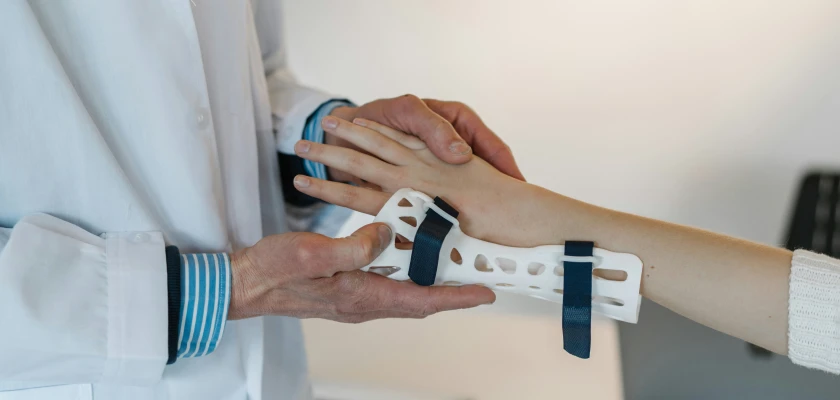
Fractures and trauma-related injuries are among the most common orthopedic conditions encountered, affecting people of all ages and backgrounds. These injuries typically occur due to incidents such as road traffic accidents, falls from heights, sports injuries, or other high-impact events. Dr. Aditya Sadawarte, a highly experienced Trauma Surgeon based in Mumbai, sheds light on the importance of accurate diagnosis and timely treatment in fracture management.
According to Dr. Sadawarte, the primary goal in treating any fracture is to ensure that the broken bone is realigned and stabilized correctly, enabling it to heal naturally and restore its original strength and function. If a fracture is not treated appropriately, it may heal in an improper position, leading to bone malalignment. This condition can cause several complications, including chronic pain, limited range of motion, joint instability, and even long-term physical disability.
Fracture treatment plans are tailored based on the type, location, and severity of the injury. Simple fractures—where the bone is cracked but remains in place—can often be managed conservatively with immobilization techniques such as casting, bracing, or splinting, along with rest and physiotherapy.
However, more severe or complex fractures, especially those involving multiple fragments or displaced bones, may require surgical intervention. In these cases, advanced surgical techniques are used to reposition and stabilize the bone fragments using medical implants like metal plates, screws, rods, nails, or wires. This ensures that the bone remains in proper alignment throughout the healing process and minimizes the risk of long-term deformities or functional limitations.
Dr. Sadawarte also highlights that fracture care does not end with bone healing alone. Post-treatment rehabilitation, including physical therapy and strength-building exercises, plays a crucial role in regaining mobility, improving joint function, and enhancing overall quality of life.
With the right combination of prompt medical attention, skilled surgical care when necessary, and dedicated rehabilitation, patients can expect a full recovery and return to their daily activities without complications.